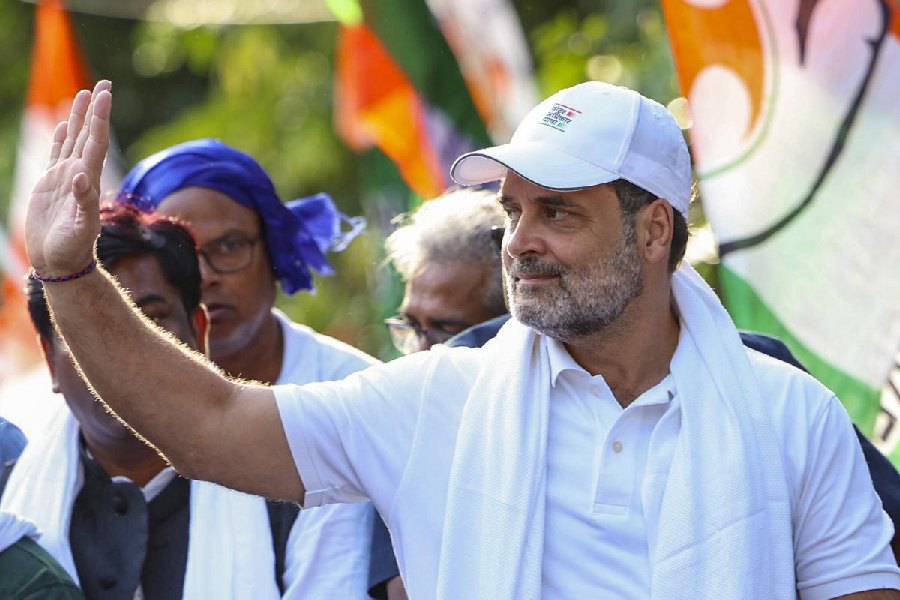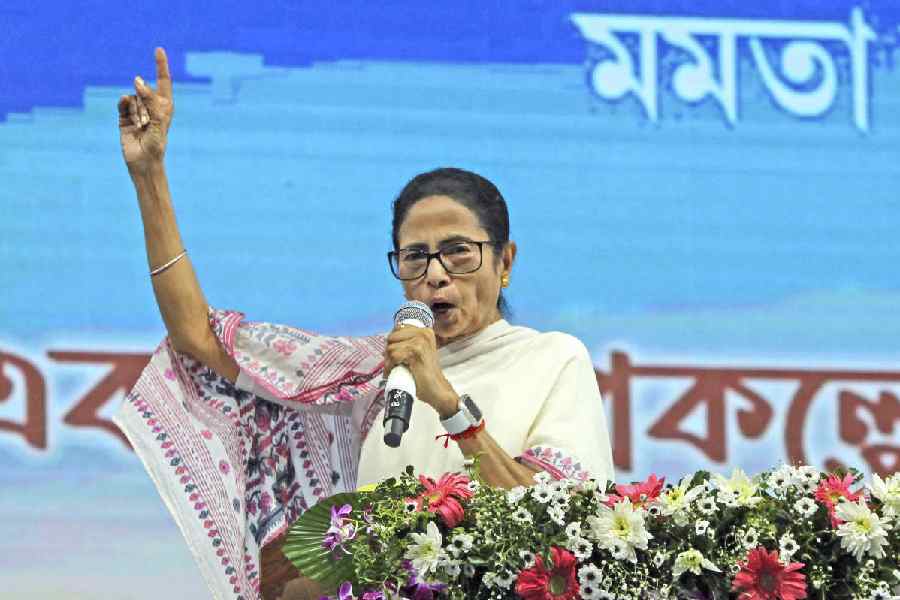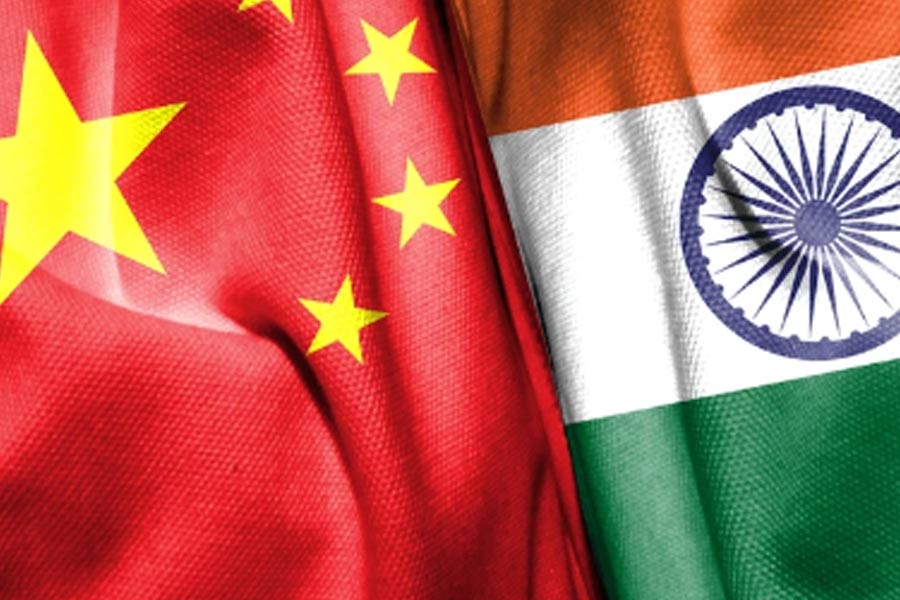“The old order changeth yielding place to the new”(Tennyson, Morte d’Arthur)
These days we often hear words such as “coalition dharma”, “coalition compulsions”, and “accommodating dissent” or “making compromises in the larger interests of the nation”. That set me thinking of the accommodations and compromises made by people of vedic and puranic India, which have made this country what it is today. These are reflected in the Hindu myths which reveal the resilience of the Indian society from time immemorial.
Myths are stories about a god or a hero (or gods or heroes), which sink into the collective mind of a community and become part of its cultural heritage acting as guide-posts or road-signs and referrents to which we relate ourselves and link our experiences from time to time (Religio means ‘link back’). All mythologies belonged to a prehistoric period when life was a matter of several stories, and history, of oral tradition with distortions and exaggerations of facts as it was transmitted by word of mouth from time to time. Several thousand years ago (maybe more than seven thousand years ago) there were tribal people of different ethnic groups in India. Many of them were Austroloids and some were Negritos. They might have migrated to India a few thousand years before. Then several groups of people migrated to India from the Mediterranean region. They brought with them several skills, building skills in particular, and built well-planned cities in the Indus Valley. They believed in leading comfortable lives in well-organised communities. They built the Indus Valley Civilisation more than 6,000 years ago. Then came the hardy Aryans with superior weapons and skills, and subjugated the tribal folks in different parts of the Indo-Gangetic plains. They fought and drove the well-organised pleasure-loving Dravidians down south, and went on killing the tribal folks who looked different from them.
The Aryans were caucasian and fair-complexioned and they called the dark-complexioned Austroloid and Negrito tribals Rakshsas, Danavas, Asuras, and Daityas (all names of demons of yore). Most of the fair-complexioned Dravidians of Mediterranean origin were absorbed in the Aryan community. In my opinion, most Indian mythology has come out of the conflict between the Aryans, who were settling in India several thousand years ago and the resisting local inhabitants — very much like the conflicts between the early white settlers and the native Americans (Red Indians); but what happened in India was in prehistoric times and hence we know all about it through myths only.
The Rig veda is full of hymns in praise of God Indra, the Supreme God of those times, the rain god who slayed the drought-demon called Vrtra. Later, Vishnu, who was identified with the sun as Surya Vishnu or Surya Narayan and later called Narayan, replaced him. He was also called Upendra, the younger brother of Indra, who was the same colour as Indra — the colour of the dark blue rain cloud. By that time, Lord Shiv had already been receiving the worship of the tribal folks of the Himalayan region and the northern parts of the Indo-Gangetic plains as well as the Dravidians of the Indus Valley Civilisation as Pasupati. Therefore, he had to be accommodated as an important god in the new order evolving then, as Hinduism was already absorbing different ethnic and religious groups in its fold by its liberal philosophy.
Shiv was associated with the holy river, Ganga, whose water never goes bad, and is believed to have the power of purifying everything. According to the ancient story, Bhagirath, who wanted to bring the heavenly river, Ganga, to purify the remains of his ancestors, performed long years of rigorous penance. Goddess Ganga appeared to him and said she was ready to descend to the earth but Shiv alone could receive her on his head and save the earth. Bhagirath prayed for Shiv’s grace and Shiv agreed to take the impact of Ganga’s descent and hold her in his matted hair. Shiv stood in the plains at a place known today as Hardwar near the Himalayas with his long dishevelled hair. As soon as Ganga descended upon his head with the roar of a thousand thunderous avalanches, Shiv imprisoned her in his matted hair, which he tied up into a knot. Then he gave one strand of his hair to Bhagirath and it became the earthly Ganga. The place, where this happened, is worshipped today as Har ka Pyre or the feet of Shiv. Every evening, large crowds throng this place to watch the arati or show of lamps in worship to Mother Ganga and God Shiv. This may be called a geographical myth also in addition to the inclusion of Shiv in the vedic myths in general. Hardwar is the last major town in the plains before the great Himalayas rise like a massive wall of snow in the north.
This town, sacred to Shiv and Ganga and set amid the Shivalik range of the Himalayas, is about six-hour drive northwards from Delhi. It does not snow on the Shivalik mountains and they are dark unlike the Himalayan peaks at a higher altitude. These mountains are the Himalayas of the plains. Ganga, born at a great height in the Himalayas known as Gangotri, flows down the mountain slopes under different names as Bhagirathi in one place, Alakananda in another, and Mandakini in yet another place, and finally enters the plains at Hardwar surrounded by the Shivalik hills. A Hindu, who knows this story, however, fanciful it may be, would be inspired by the geographical setting and visualise Shiv standing at Har ka Pyre waiting for Ganga to descend. Shivalik means the hair of Shiv. After Shiv was included in the vedic lore, his consort, Parvati (daughter of hills), and his children, Ganesh, the elephant-god, and Kartikeya, were also included in the Hindu pantheon in the Puranic times. This gradually led to a coming together of complexions — the dark-complexioned Vishnu marrying the fair-complexioned Lakshmi and the fair-complexioned Shiv marrying the dark-complexioned Parvati. Then a mantra came up that there was no difference between Vishnu and Shiv:
“Shivaya Vishnurupaya
Shiva rupaya Vishnave
Shivasya hrudayam Vishnu
Vishnosya hrudayam Shiva”
The gods of the Rig veda such as Indra, Varun, Agni, Vayu, Mitra, and Chandra were relegated to the background. New gods and goddesses such as Vishnu, Shiv, Lakshmi, Parvati, Ganesh, Hanuman and so on have taken their place. While there were no temples in vedic times but homa or sacrificial fire was only there, temples in the shape of fire were built as permanent structures. Newer gods such as Sai Baba or Ayyappa with large following of devotees keep rising. A study of Indian ethos is very fascinating.










